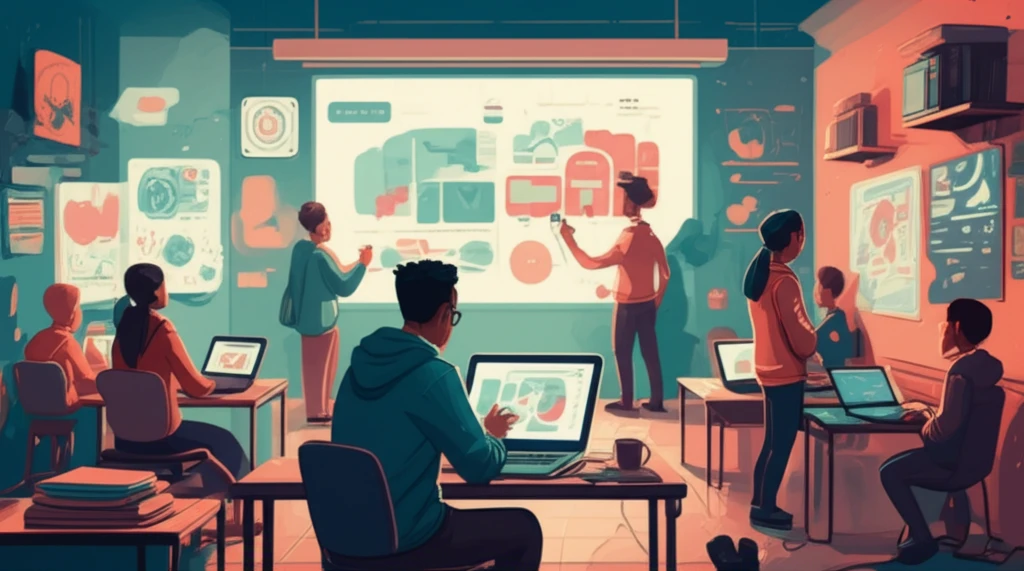
Flipped Learning: Is It the Future of Education? How Active Learning in Physiology Can Improve Student Performance
"Discover how flipped learning, combined with active learning strategies, is reshaping education and boosting student success."
The educational landscape is constantly evolving, with new teaching methods emerging to enhance student engagement and improve learning outcomes. Among these innovations, flipped learning has gained significant traction. This approach shifts traditional lectures outside the classroom, dedicating class time to active learning and collaborative activities. But does it truly live up to the hype? This article delves into the effectiveness of flipped learning, particularly when combined with active learning strategies, such as team-based learning, and explores its potential to revolutionize education.
Traditional lecture-based methods, where students passively receive information, are gradually giving way to more dynamic and student-centered approaches. Flipped learning addresses the limitations of the traditional model by providing pre-class materials, such as videos and readings, so that students can learn at their own pace before class. This allows class time to be used for interactive exercises, discussions, and problem-solving, creating a more engaging and effective learning environment.
This article will examine the core principles of flipped learning, explore its benefits, and investigate the research supporting its efficacy, specifically in the field of physiology. We'll also look at how combining flipped learning with team-based learning can further enhance student performance and preparedness. By the end, you'll have a clearer understanding of whether flipped learning is the future of education and how it can be implemented to foster a more effective and engaging learning experience.
Unpacking Flipped Learning: A New Approach to Education

Flipped learning, at its core, is a pedagogical approach that reverses the traditional classroom structure. Instead of delivering lectures during class time, instructors provide students with pre-class materials. This includes videos, readings, and other resources. Students engage with this material independently, often at their own pace, before coming to class. This initial exposure to the content sets the stage for a more interactive and collaborative learning environment.
- Problem-solving exercises: Students apply their knowledge to solve real-world problems.
- Group discussions: Students collaborate and share insights with their peers.
- Case studies: Students analyze complex scenarios and make decisions.
- Quizzes and assessments: Students test their understanding of the material.
- Team-based learning: Students work in teams to complete tasks, fostering collaboration.
The Verdict: Is Flipped Learning the Future?
Flipped learning, particularly when combined with active learning methods, shows immense promise for the future of education. While further research is always valuable, the existing evidence suggests that it can significantly enhance student performance, engagement, and preparedness. As technology continues to evolve and educators explore innovative teaching strategies, flipped learning is poised to play a major role in shaping the future of education.
